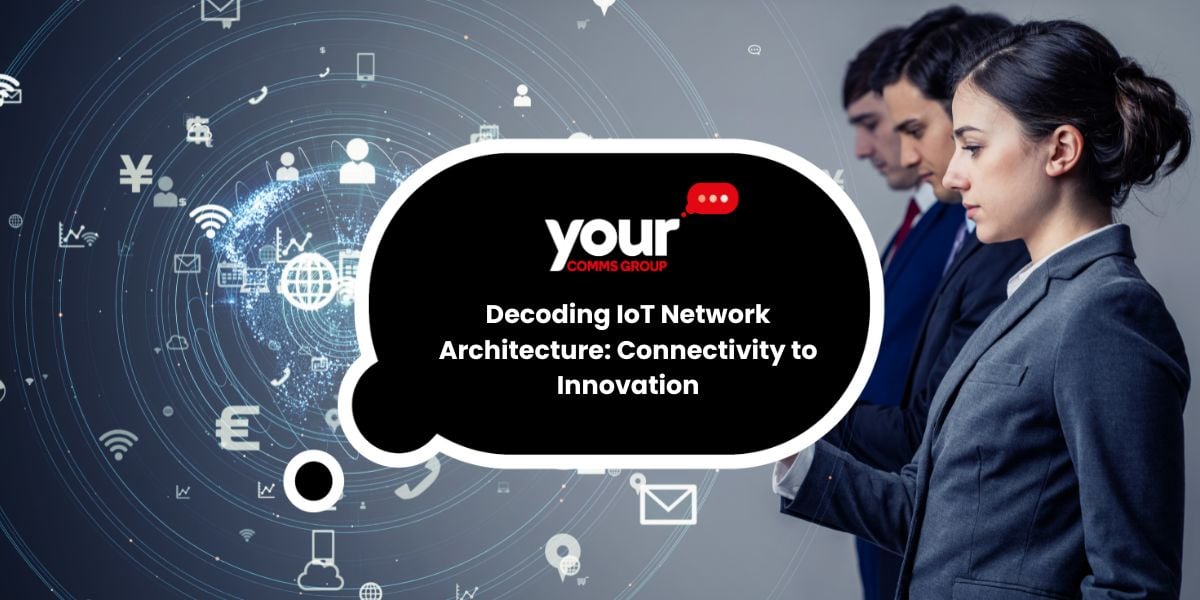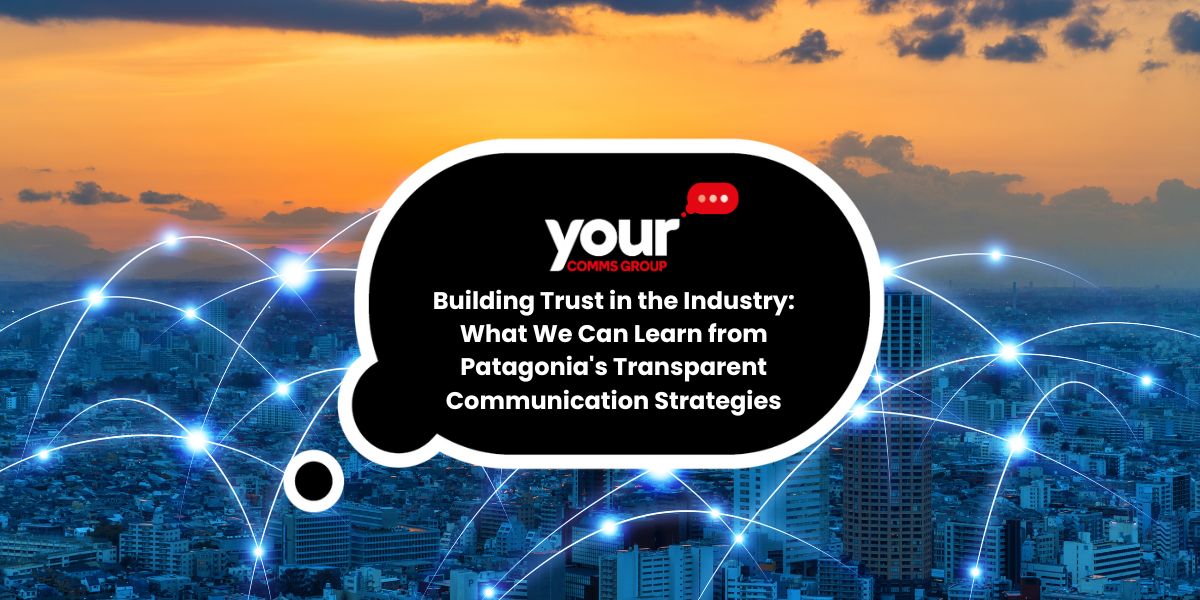Mastering IoT Network Architecture for Enhanced Efficiency and Security
The Internet of Things (IoT) is revolutionising how we interact with the world around us. IoT enables devices to communicate and share data from...
2 min read
Your Comms Group : Oct 19, 2021 1:24:49 PM

The Principles of Zero Trust Architecture in Technology. We live in a society where technology is constantly changing and advancing. The Covid-19 pandemic has led to an increase in remote working from home rather than working in a typical office environment, which has caused an acceleration in data and applications being moved to the cloud. Subsequently, this has made the external business perimeter somewhat redundant, as information can now be accessed by anyone, anywhere at any time. It makes sense that, as we adapt and change the way we use technology in business, our cyber-defense needs to adapt and change along with it. This is where Zero Trust Architecture comes in.
Under development for some time, the Zero Trust philosophy was most likely initially acknowledged by the Jericho Foundation in 2004. It has been fast evolving since then.
The clue is in the name. Supported by SASE (Secure Access Service Edge) and merging with the principle of borderless environments, Zero Trust Architecture treats every user, device, and network flow as potentially hostile, requesting constant and complete validation. This differs from more traditional IT security systems that trust whatever and whoever is already inside the existing network.
Fundamentally, Zero Trust Architecture operates under the belief that the network is assumed to constantly be under threat. Network locality is no longer enough to prove that a user or device is secure - instead, thorough authentication is needed for everything entering, or already within, the network.
This mode of hyper-security is performed in numerous ways.
Verification is a key element of Zero Trust. MFA (or Multi-Factor Authentication) adds a layer of security that is more effective than the typical username and password combination. Some examples of this include the use of knowledge, such as security questions, possessions, such as a USB device, or qualities, such as Face ID. Similarly, staggering a timeout of logins and connections means that users and devices regularly have to be re-verified.
Least-privilege access is another helpful security measure. Even after verification, one user cannot access everything within the network. Instead, each user is only given access to the information that they need. This is supported by microsegmentation. a practice that involves dividing security perimeters into discrete zones to keep access to different areas of the network split. Without special authorisation, a person or program with access to just one of those zones will not be able to automatically access any of the others, keeping information separated and secure.
The answer appears to be yes. Hybrid workplaces have acted as a catalyst for the increased implementation of Zero Trust, with an increase in remote work meaning that an extra layer of cyber-security is essential, with companies such as Microsoft and Cisco Systems rolling out plans specific to The Hybrid Model, and multiple other software companies rebranding older products to fit with Zero Trust and Hybrid tech. In this regard, we can surely say that it is indisputable that we are moving in the direction of a security world that is based on identity. Therefore, we must modify the way we think about security management as we progress forward and incorporate new technologies, which are, of course, designed to keep our networks extra safe.
Do you want practically impenetrable security for your network? Is Zero Trust Architecture something that intrigues you? If so,

The Internet of Things (IoT) is revolutionising how we interact with the world around us. IoT enables devices to communicate and share data from...

The Internet of Things (IoT) is a network of physical items linked to the Internet. It has been used more frequently in businesses in recent years....

Building consumer trust in today's businesses is crucial in all industries. Concerns about corporate responsibility regarding environmental...